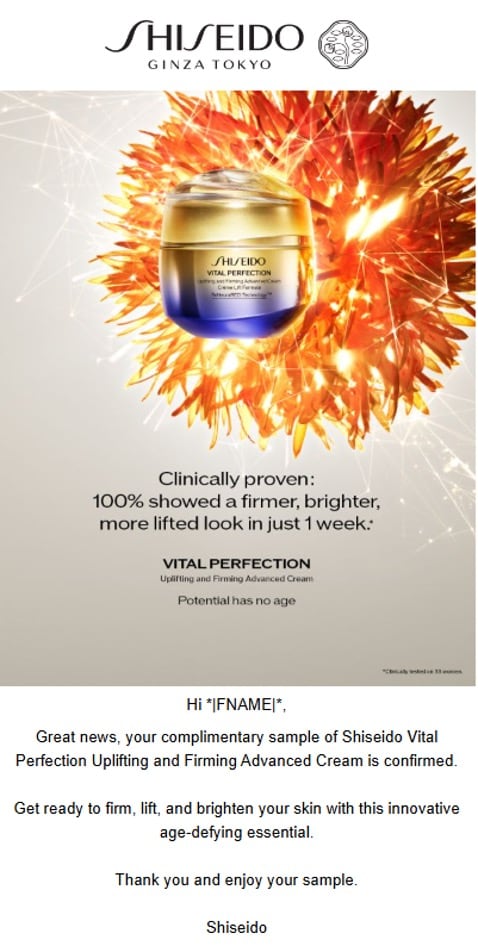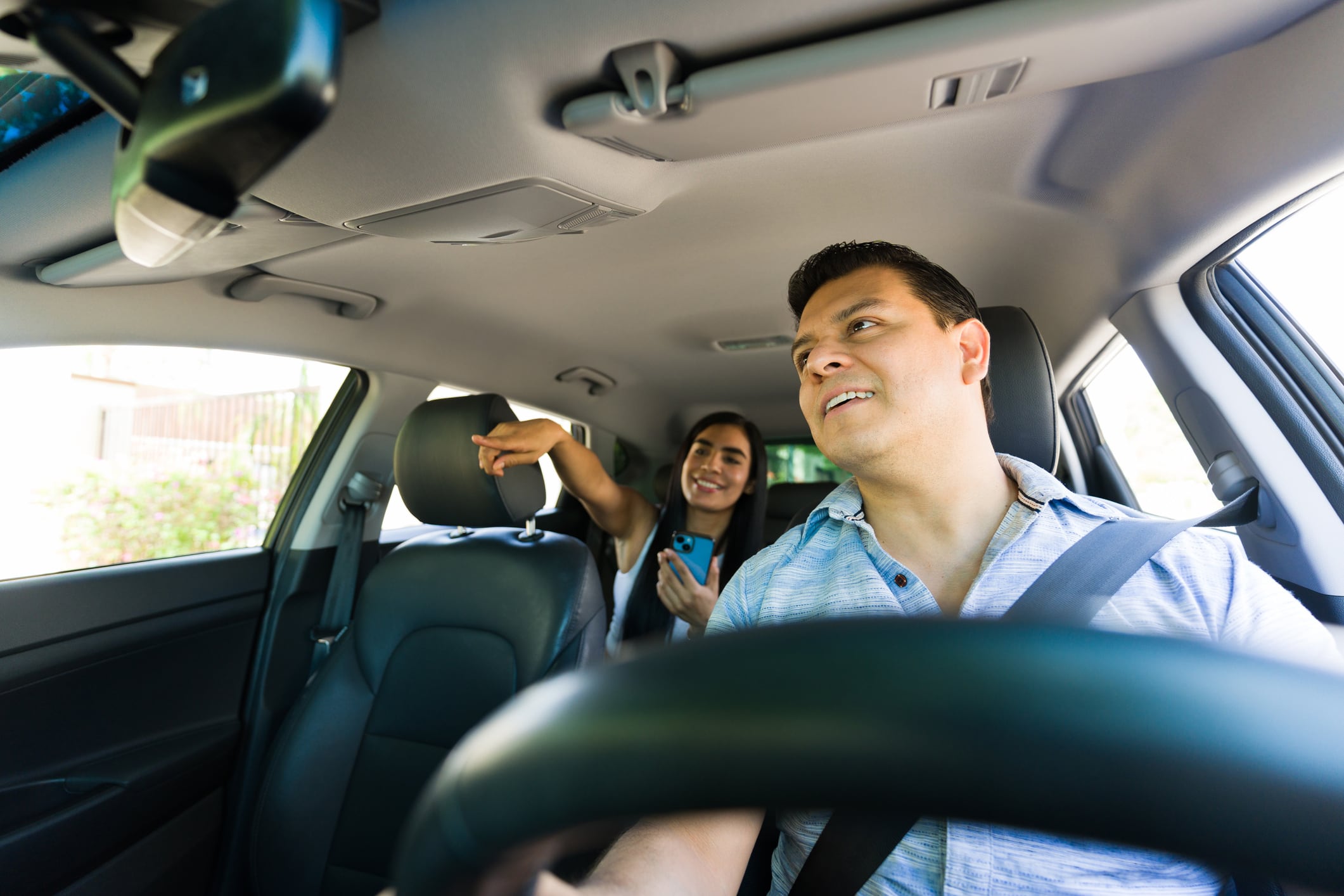As consumer discovery continues to move online, beauty and personal care brands are reassessing how they introduce products to shoppers. One strategy is the increasingly popular adoption of digital sampling, a model that combines physical product trial with online targeting, personalization, and data capture.
“This isn’t just a replacement for handing out sachets at department store counters or events,” Will Glynn-Jones, Founder and Managing Director of Send Me a Sample, told CosmeticsDesign US. “Instead of throwing product at anyone walking past and hoping for results, brands can now build sampling campaigns that are hyper-targeted, data-rich, and seamlessly integrated into a wider strategy.”
Performance metrics draw brand interest
Digital sampling has recently yielded measurable outcomes for major beauty brands, according to Glynn-Jones.
He cited a campaign by Shiseido for its Vital Perfection line that used Meta platforms for discovery and delivery. “Post-campaign analysis saw a 13% sales uplift as well as a wealth of data collected for the brand,” he said.

Other brands have reported similar results. “Weleda saw 77% of all consumers who trialed their product via a digital sampling program reporting an intention to purchase,” he added.
These outcomes are drawing attention from brand teams seeking more efficient ways to connect with qualified audiences. “Brands who leverage digital sampling are getting their products into the hands of the audience that really matters, with little to no wastage,” he explained.
Augmented reality complements sampling
In tandem with physical sampling, some brands are also exploring virtual trials using augmented reality.
“L’Oréal invests heavily in augmented reality tools like virtual try-ons, and their brands implementing the technique reported conversion rates up to 80% higher than among shoppers who didn’t use the tech,” Glynn-Jones noted. “Sephora experienced something similar; consumers who engaged with its AR features were 90% more likely to convert.”
Scalable reach, consent-based data
Digital campaigns can generate significant reach and consumer opt-ins, giving brands post-trial engagement opportunities.
“Brands running online campaigns generate tens of thousands of sample requests in less than a day, often with more than half of respondents opting in to future communications,” Glynn-Jones said. In one campaign for Bioderma, “53% of consumers requesting their sample opted-in, sharing their data with the brand,” he added.
Personalization as a differentiator
Digital sampling also enables product matching at scale, pairing formulations with specific consumer needs.
“By leveraging consumer data gained through browsing data, skin-type quizzes, or past purchase behaviour, brands can send the exact right product to the exact right consumer,” said Glynn-Jones. “A mattifying primer for oily skin? Check. A hydrating serum for someone shopping in winter? Done.”
The result, he said, is “sampling but tailored—and with it comes higher purchase conversion, stronger brand trust, and ongoing loyalty.”
Integrating sampling into broader strategy
To achieve full value, Glynn-Jones advises that brands embed sampling into their wider digital campaigns, rather than treating it as a standalone tactic.
“Brands should start with the audience and work from there; work out where they are, where they’re playing and build a reach strategy around that,” he said. “Integrate a digital sampling program so the audience can seamlessly request a sample and then build in a follow-up journey.”
These follow-ups might include tutorials, bundle discounts, or loyalty points. “Done right, it’s experiential and personal—and the audience will respond accordingly,” he added.
Campaign data drives future strategy
Glynn-Jones emphasized that one of the strongest long-term advantages of digital sampling is the quantity and quality of data it delivers.
“With digital sampling, the data gained makes it easier to evaluate and analyse campaign effectiveness,” he concluded. “This leads to better re-targeting, smarter product development, and insights that brands can feed back to retail partners.”


!["The brands that lean into it [digital sampling] now are not just giving away samples, they’re building experiences, conversion and loyalty," said Glynn-Jones.](https://www.cosmeticsdesign.com/resizer/v2/UFJ5ATQ4TJDV3CCXKOIT3ZPAUI.jpg?auth=8ab230eda49d06facac721a1b569069b2b2a3968d329b0f0059925e85360d29f&smart=true)


